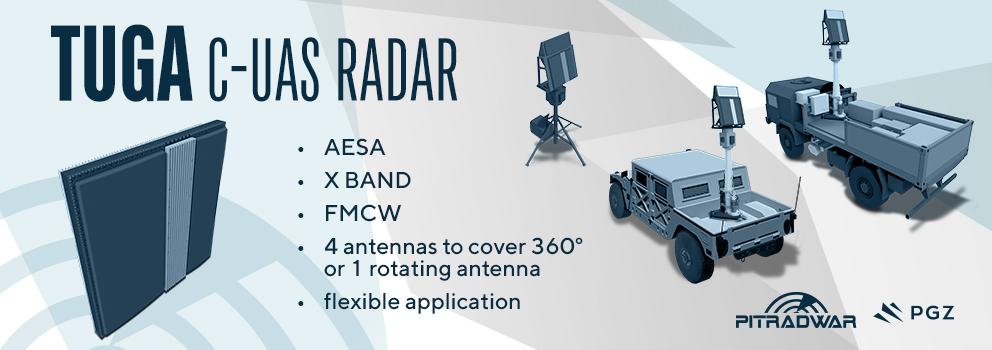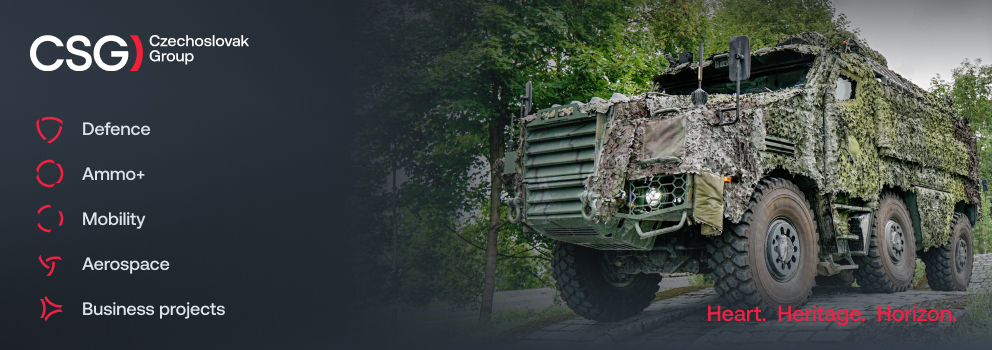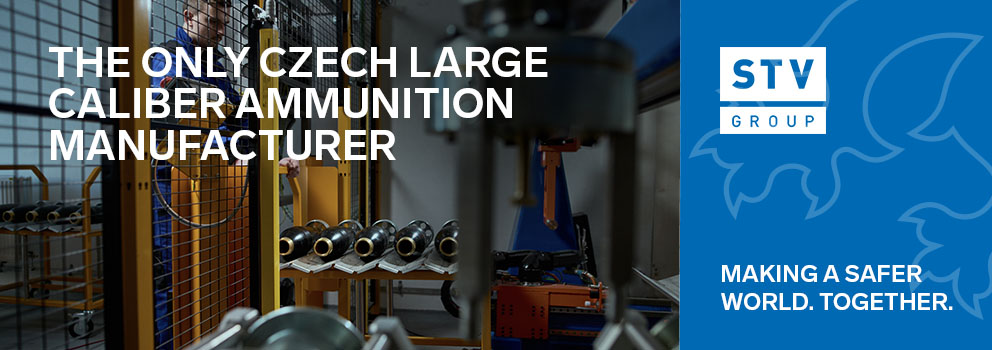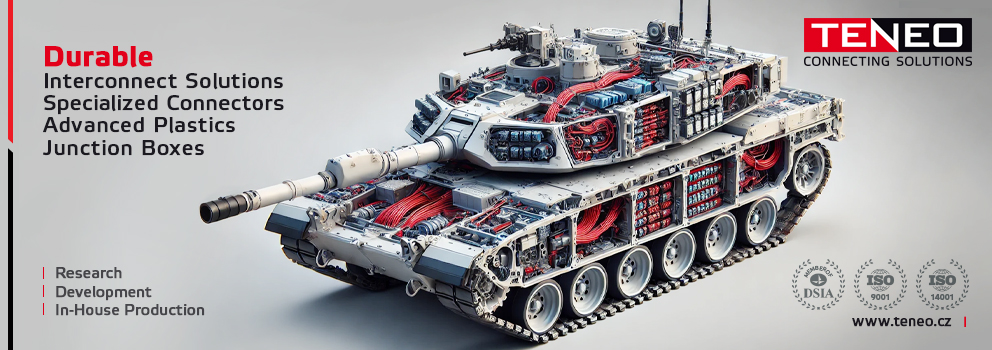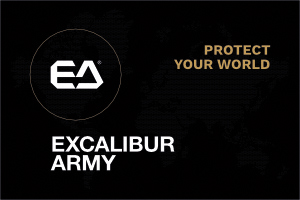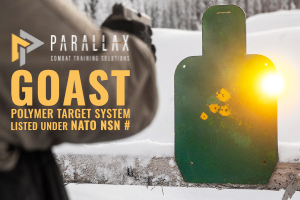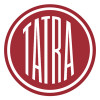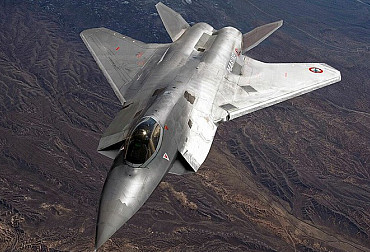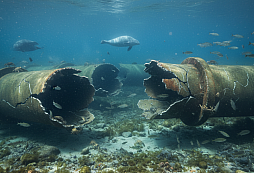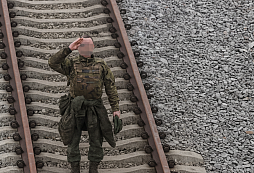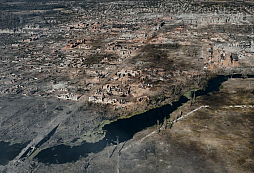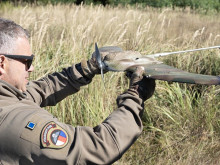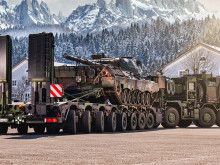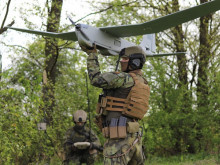In the center of Prague, you can see the Hetzer tank destroyer used by insurgents during the Prague Uprising in 1945
From Wednesday, April 30, to Monday, May 5, a Hetzer tank destroyer used by insurgents during the Prague Uprising in 1945 will be on display at Mariánské náměstí in the center of Prague. The Hetzer was transported to Prague by employees of the Military History Institute. It is part of the exhibition "V jako vítězství" (V for Victory). Until May 4, it will be ceremoniously illuminated together with the New Town Hall between 8:00 p.m. and midnight. For the first three days, it will be lit up in the colors of Prague, red and yellow, and for the remaining two days, the tank destroyer will also be illuminated in the colors of the Czech tricolor—white, red, and blue.
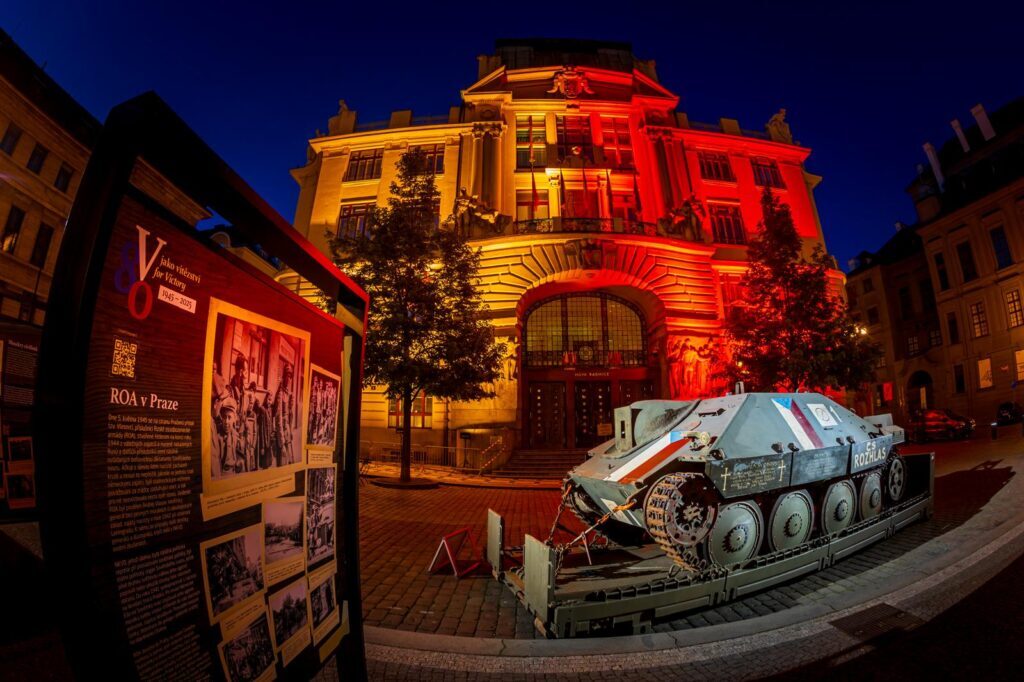
A panel exhibition entitled V jako vítězství (V for Victory) was officially opened on Mariánské Square in front of the New Town Hall. The exhibition was created to mark the 80th anniversary of the end of World War II. It will be open to the general public until May 30, 2025. The freely accessible exhibition will present key historical events related to the liberation of Prague and the end of the war. As part of the event, a Hetzer tank destroyer, which was used by the insurgents to fight the Nazis 80 years ago, will be on display until Monday, May 5. This rare exhibit, which was previously on display in front of the Žižkov Army Museum, has been loaned to the exhibition by the Military History Institute in Prague. It was transported from the Military Technical Museum in Lešany on the morning of Wednesday, April 30.
It is an unfinished Hetzer tank destroyer, improvised by the insurgents during the Prague Uprising. "The insurgents armed themselves as best they could. They managed to capture a number of heavy vehicles, including older French Renault AMR-35 and Hotchkiss H-39 tanks, but especially Jagdpanzer 38(t) "Hetzer" tank destroyers. These rebel vehicles differed from the German ones at first glance, as they were painted with Czechoslovak flags and covered with patriotic slogans. The openings for the missing cannons were improvised with steel plates with a loophole for a machine gun," according to the description of the only surviving piece on the website of the Military History Institute in Prague.
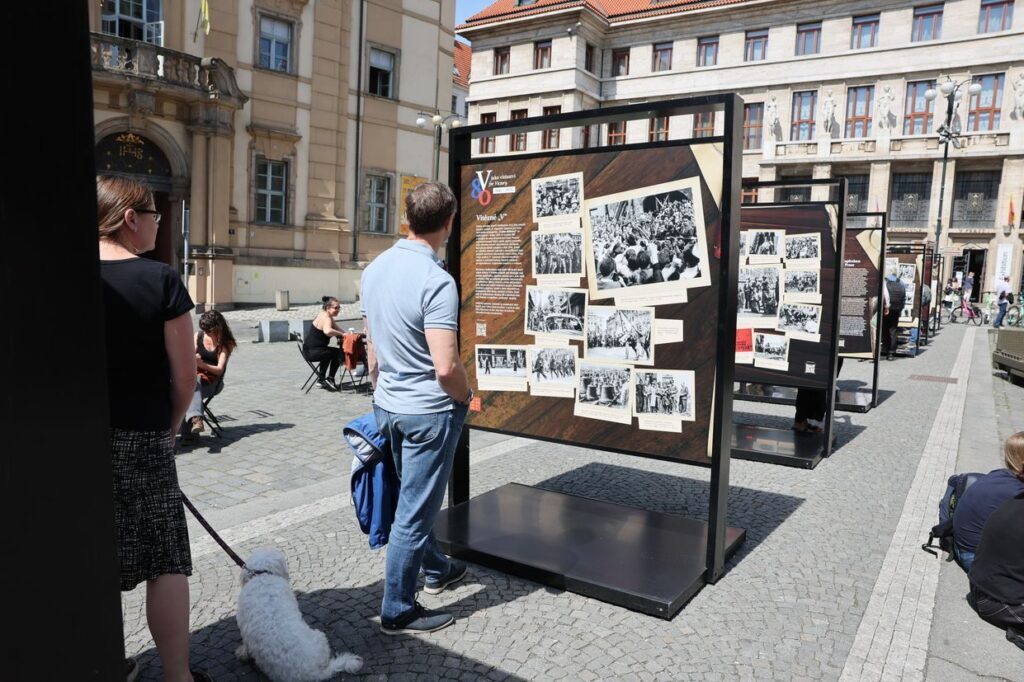
The Prague City Hall has prepared an exhibition to mark the 80th anniversary of the end of World War II in Europe, which will be on display from April 30 to May 30, 2025. A total of eight panels standing in front of the New Town Hall on Mariánské Square in Prague 1 will offer 16 thematic areas where visitors will learn about many important events at the end of World War II in Europe, in particular the Prague Uprising, the activities of the Western Allies, the role of the Red Army, the return of Czechoslovak airmen from Great Britain, and the tragic events that accompanied the final days of the war. The exhibition will also present the activities of the Military History Institute.
"Remembering the end of World War II is not only a matter of historical memory, but also of our civic responsibility. Every name, every story, every sacrifice has left a mark on our history—and it is up to us to never erase that mark. The exhibition on Mariánské Square shows the courage and suffering of our ancestors who fought for freedom. I am proud that Prague is able to commemorate in such a dignified manner what true victory means: values, morality, and humanity," says Bohuslav Svoboda, Mayor of Prague.
The exhibition comes at a time when international relations are undergoing fundamental changes and many of the historical values and principles for which our previous generations fought are being severely tested. As the final panel of the exhibition points out: "The symbol 'V' stands for the victory of moral values and a free culture based on responsibility, mutual respect, and conscience."
The Prague Uprising
The Prague Uprising broke out on May 5, 1945, in the capital city of Prague. The Czech National Council issued a declaration on the end of the Protectorate and the takeover of governmental and executive power. Demonstrations took place first, which soon turned into armed resistance. It was the largest battle of the Czech May Uprising, which, like the Prague Offensive led by the Soviet Union from the Eastern Front and the liberation of southwestern Bohemia by the US Army, contributed to the final liberation of Czechoslovakia. The retreating German Army Group Center, numbering almost a million soldiers and commanded by Field Marshal Ferdinand Schörner, was surrounded by the Soviet Army and wanted to escape from its position in the Hradec Králové region to American captivity. However, the shortest route through Prague and the surrounding area was controlled by the insurgents. The Germans deployed all available technology against the poorly armed Prague uprising, which meant that the insurgents were unable to defend themselves, and Prague radio repeatedly requested help.
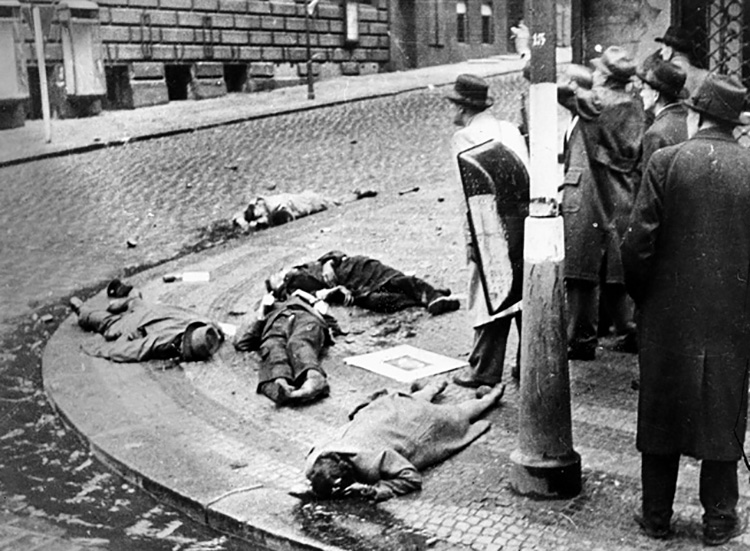
General Vlasov's ROA units responded to the call and intervened against the Germans in the southwestern parts of Prague. However, the Czech National Council refused to recognize the ROA as its ally, which led to its departure from the city. The heaviest fighting took place on May 7. However, Soviet troops were approaching Prague, and the Germans surrendered the next day. Most German units began to retreat. When Soviet troops entered Prague on the morning of May 9, they were only clearing the city of the remnants of fanatical German troops.
Jagdpanzer 38(t) Hetzer
The Jagdpanzer 38(t) Hetzer (Sd.Kfz. 138/2) was a German tank destroyer used during World War II, developed and manufactured in the Protectorate of Bohemia and Moravia. It saw combat on the front lines from July 1944 until the end of the war. The vehicle continued to be produced after the war for the Czechoslovak (ST-I, later SD 75/39-44) and Swiss (G-13) armies.
The decision to develop a new tank destroyer was made in Germany at the end of 1943. The new assault gun was based on the chassis of the PzKpfw 38 (t) tank, manufactured in the Protectorate of Bohemia and Moravia, which was a converted, originally Czechoslovakian LT vz. 38. In March 1944, the first three prototypes were delivered to the German army, and the vehicles were designated Jagdpanzer 38(t). Hetzer (Czech for "barker") was either added to the name later or confused with the designation for a similar tank destroyer, the E-10. However, the name Hetzer is commonly used to refer to the Jagdpanzer 38(t) tank destroyers. On April 20, 1944, Adolf Hitler himself inspected the tank destroyer, and it was decided that it would go into series production at the BMM (Böhmisch-Mährische Maschinenfabrik, formerly ČKD) plant in Prague and at Škoda Plzeň.
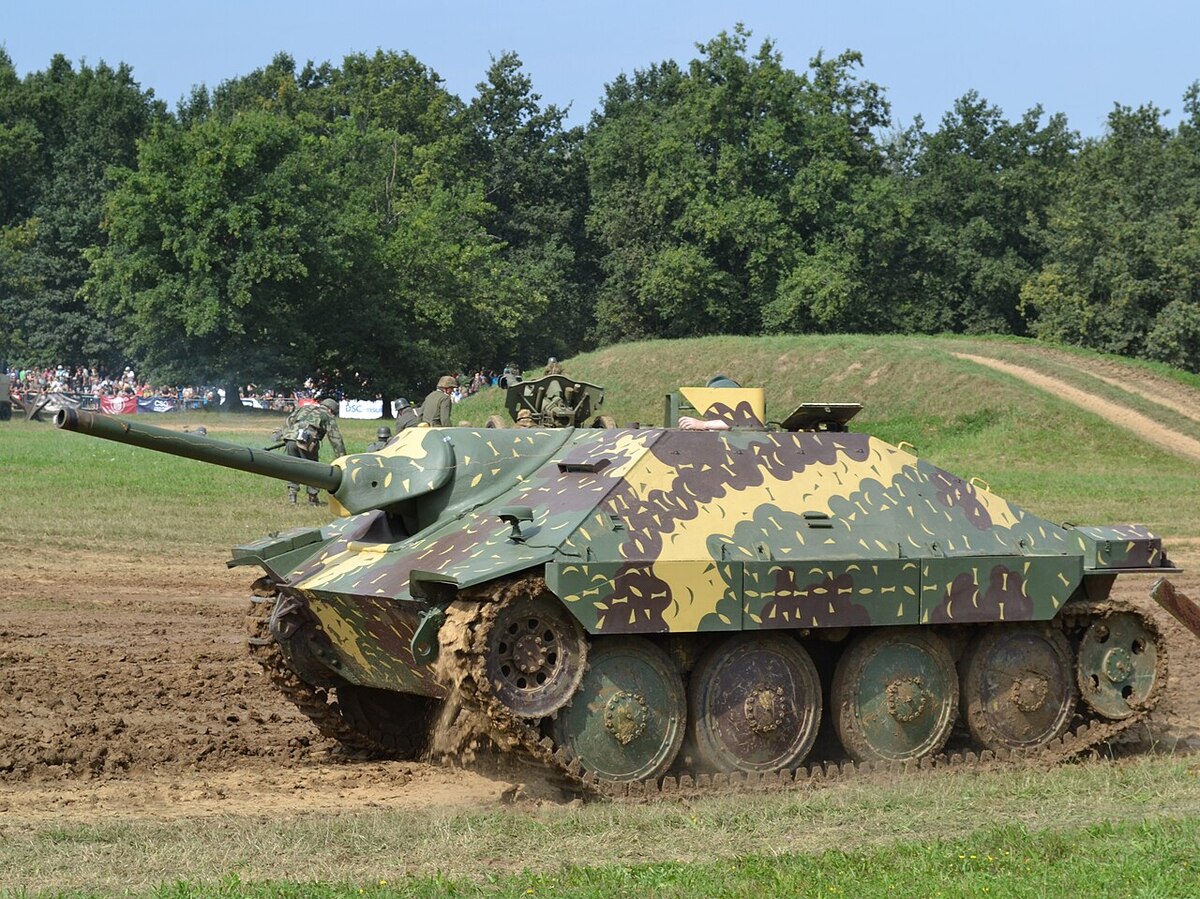
The Hetzer had a welded hull with sloped sides. The front armor was 60 mm thick, the sides were 20 mm thick, and the roof was 8 mm thick. The vehicle was powered by a 160 hp Praga AE 2800 engine and was equipped with a Praga Wilson transmission. The tank destroyer was armed with a 75 mm Pak 39 L/48 cannon and an MG 34 machine gun mounted on the roof.
The tank destroyer was continuously modernized, with the Ausf. D version powered by a 207 hp Tatra TD 103 engine. Only 10 units of other variants of the Hetzer Starr were produced, followed by the Flammpanzer 38(t) flamethrower and the sIG auf Jagdpanzer 38(t) self-propelled gun. Other types remained only as prototypes. By the end of the war, more than 2,800 units had been produced, of which over 2,000 were in Prague and about 800 in Pilsen.
